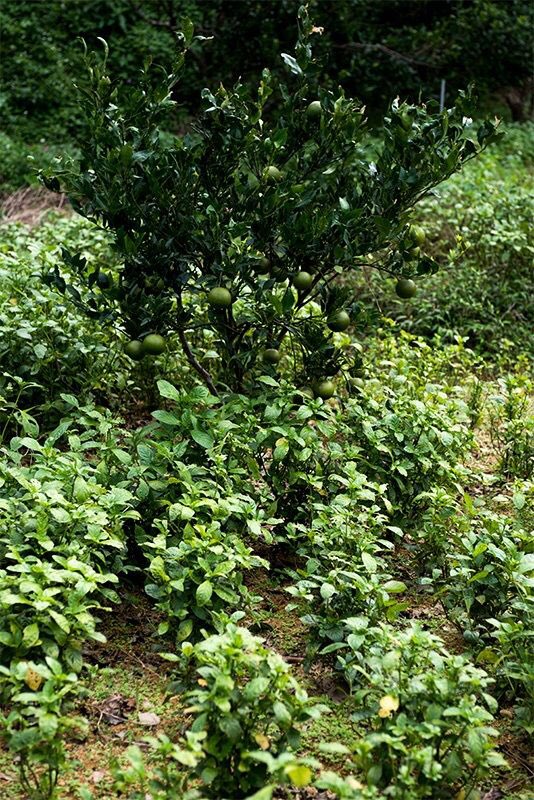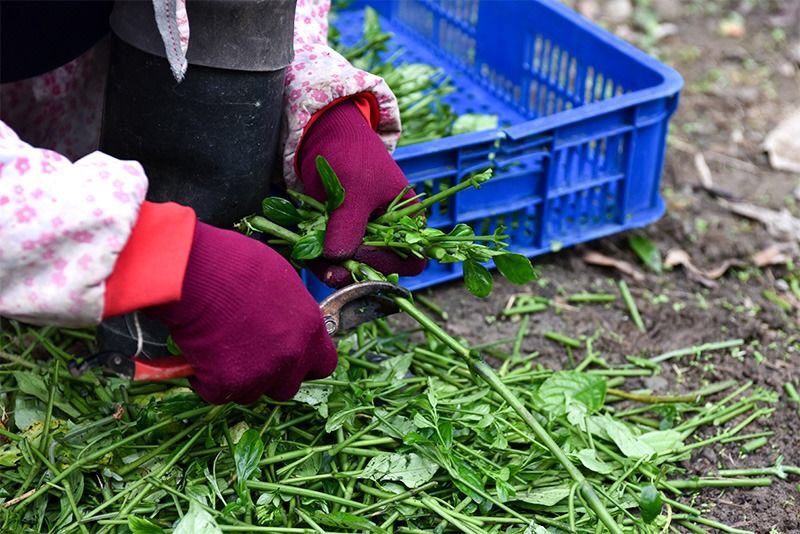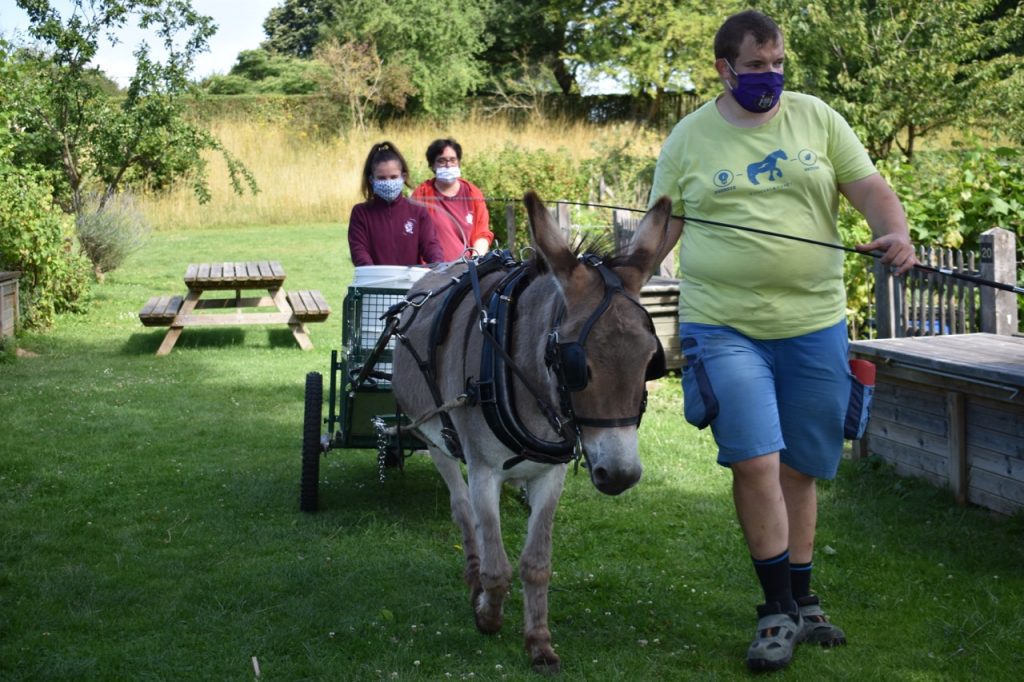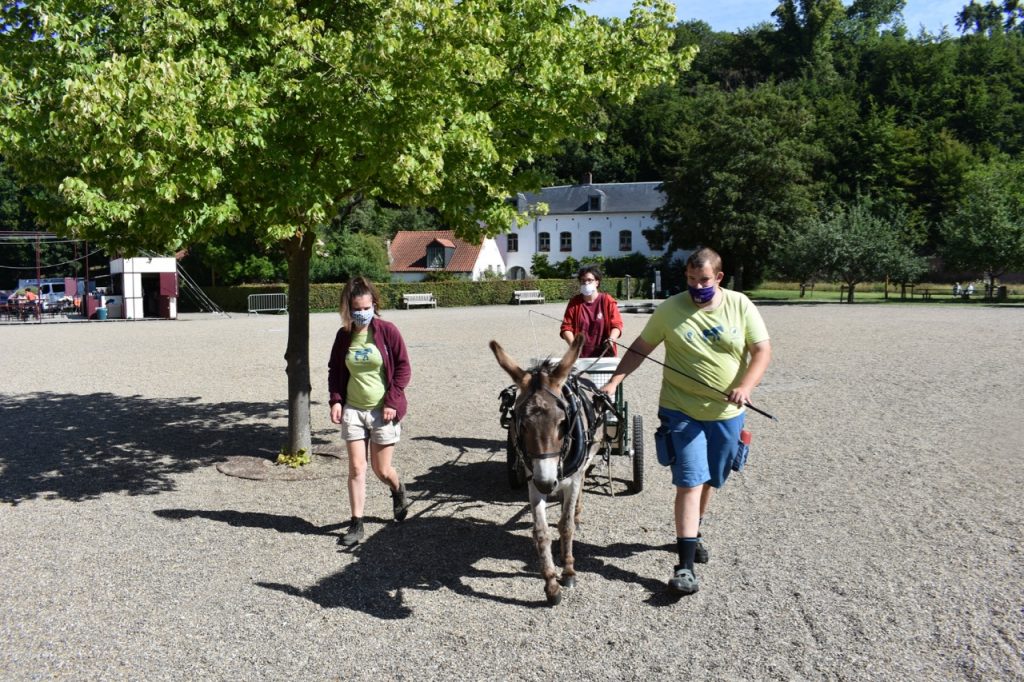
Cobble-streets perform an invaluable service during flood events. Studies measured them to have a steady infiltration rate of 65mm/h: this means that an average city slope of asphalt (0mm/h) is a rapid river after 30min of heavy rain while a cobble-street would suck it all up.
https://twitter.com/archi_traveler/status/1481381676991365121
However, natural forest soils are incredible sponges and can store unbelievable amounts of water during storm events. But run these soils over with heavy forest machinery for a decade or so and the soils gets so compacted it isn't much more impermeable than a city cobble-street.
https://twitter.com/wrathofgnon/status/1422100460777861122
Some desert soils are so compacted by millennia of grazing animals, wind and rain that they aren't much more permeable than tarmac. Unless you see it for yourself you have no idea how hard desert soil can get.
https://twitter.com/wrathofgnon/status/1477890353219137542
If your city is worried about flooding and future storm events, you need to persuade them to envelop their upslope hinterland in forests where machinery is absolutely verboten. These forests will function as aquifer rechargers and soak up any excess water to release it slowly.
https://twitter.com/wrathofgnon/status/1356932014646071296
Basically, forests are the great Equalizers of our local environment. They soak up rain when we have too much of it, and release it when we have too little of it. They make cooler days warmer and hotter days cooler. They protect us and our cities.
https://twitter.com/wrathofgnon/status/1445275684801187846
Painfully though, it takes time to grow a protective forest. A 4,000 year old virgin forest can store 7-15 times as much water as a mature artificial forest of 45-50. Every old growth tree and the soil its canopy covers is for all practical human purposes gone forever once cut. 

However, a planted but un-machined un-touched forest is again 60 times as good at soaking up stormwater as pasture land or grain fields so we really have no excuse to not plant them. Because whatever we do they will be exponentially better than the asphalt surrounding our cities. 
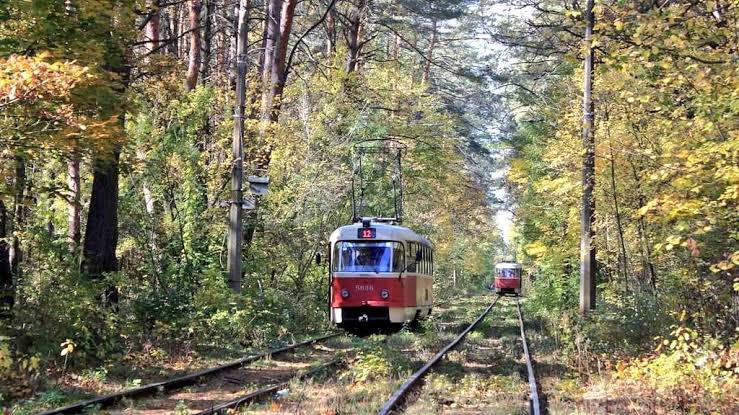
• • •
Missing some Tweet in this thread? You can try to
force a refresh





